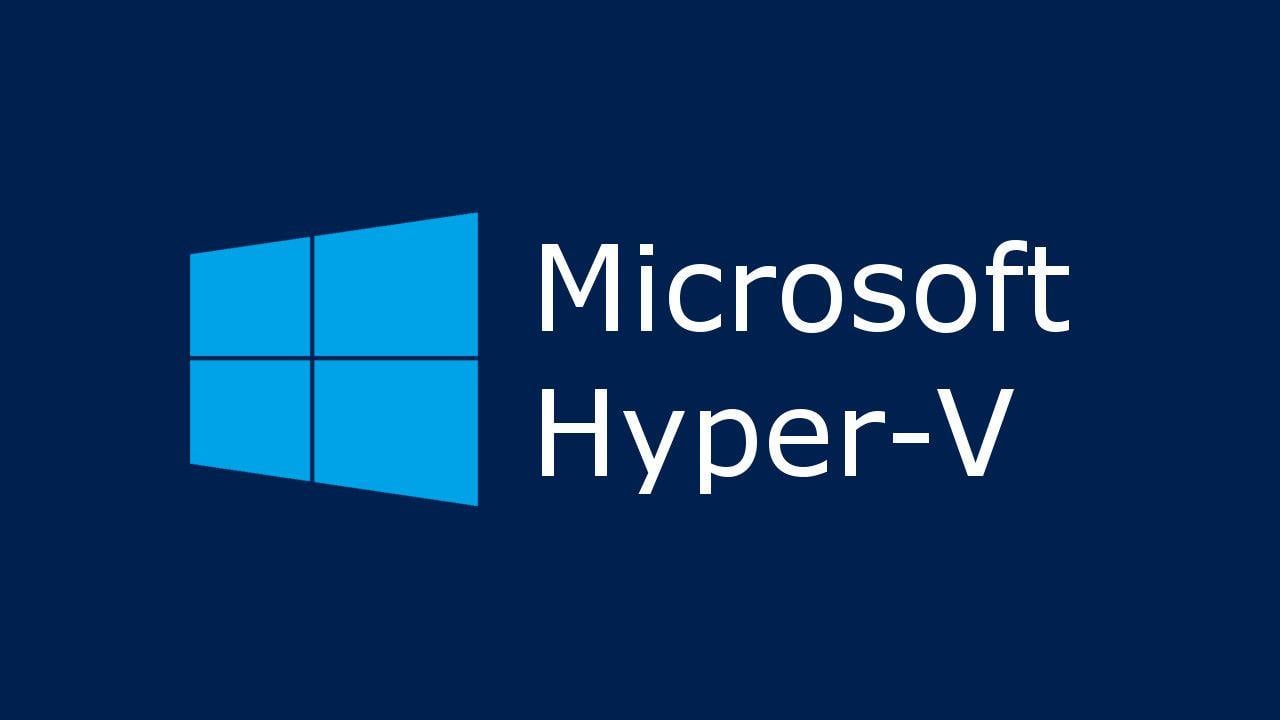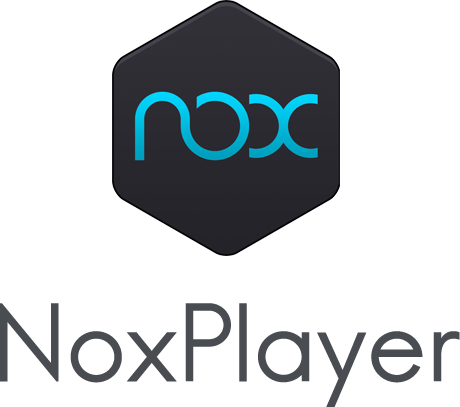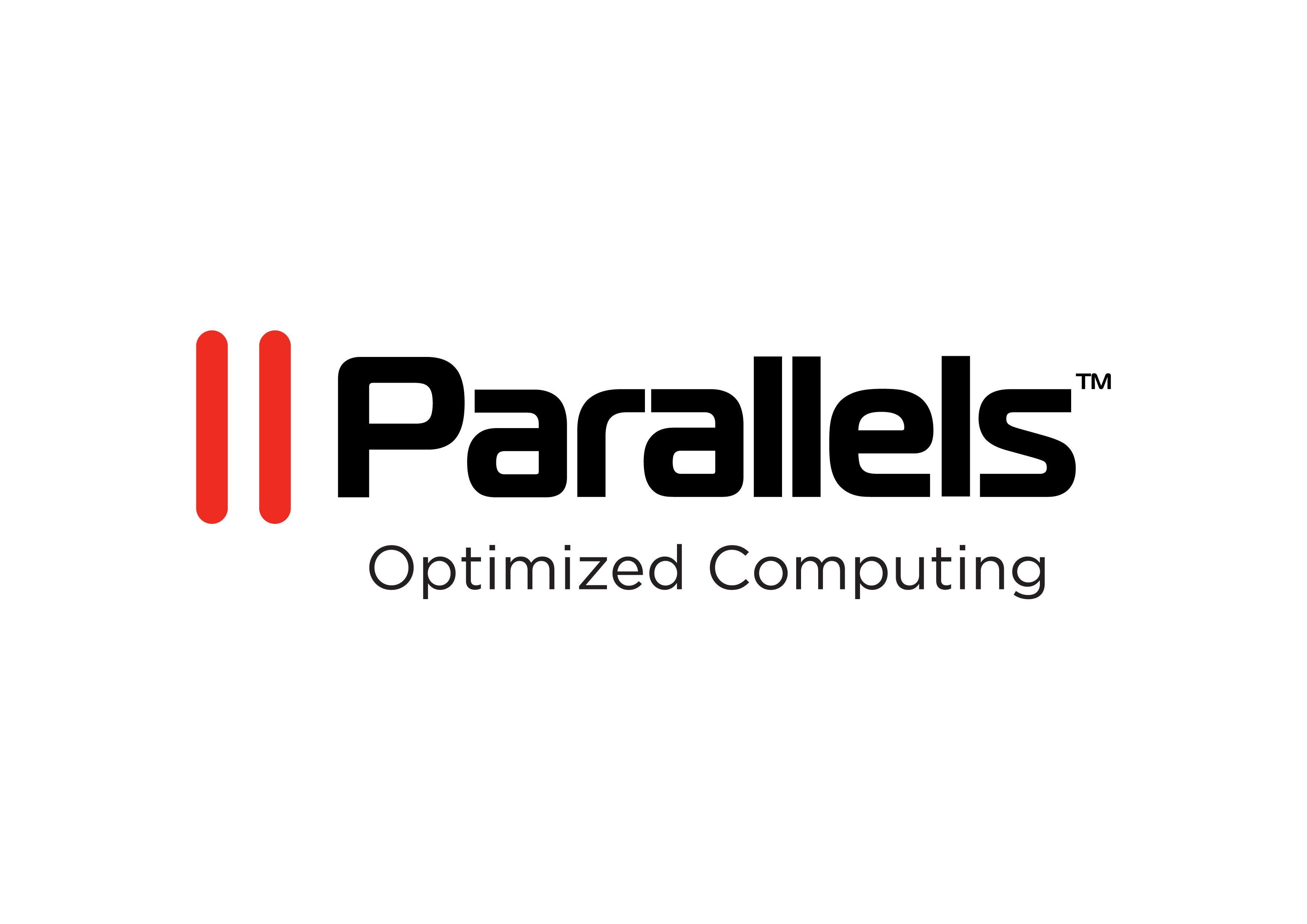
Hyper-V 10.0.22621
Unlock platform virtualization on Windows with Hyper-V, solving the complexity of managing multiple operating systems and applications from a single console, for streamlined IT management.
About Hyper-V
Unlocking Efficiency: The Power of Hyper-V Platform Virtualization on Windows
Have you ever found yourself drowning in a sea of operating systems and applications? Managing multiple platforms from a single console can be overwhelming, leading to decreased productivity and increased stress. This is where Hyper-V comes in – a game-changing technology that unlocks platform virtualization on Windows.
Understanding the Problem
Traditional server management involves setting up and maintaining multiple physical servers for different environments. However, with the rise of cloud computing and hybrid IT strategies, businesses need to adapt to handle diverse operating systems, applications, and workloads from a single platform. This is where Hyper-V shines – providing an intuitive and efficient solution for managing multiple platforms from a single console.
Streamlining IT Management
Hyper-V's platform virtualization technology allows administrators to deploy and manage multiple operating systems on a single host machine. Here are some key benefits:
- Simplified Deployment: With Hyper-V, you can easily create and configure virtual machines (VMs) for different environments, eliminating the need for physical servers.
- Improved Security: Virtualization ensures that each VM has its own isolated environment, reducing the risk of security breaches and increasing overall system stability.
- Enhanced Flexibility: Hyper-V supports a wide range of operating systems, including Windows, Linux, and macOS, making it an ideal choice for businesses with diverse environments.
Best Practices for Hyper-V Management
To get the most out of Hyper-V, follow these best practices:
- Optimize Your Host Machine:
Ensure your host machine meets the recommended system requirements for optimal performance. - Monitor VM Performance:
Regularly check VM resource utilization to prevent bottlenecks and ensure smooth operation. - Implement Effective Backup Strategies:
Use Hyper-V's built-in backup features or integrate with third-party solutions to protect your VMs from data loss.
Real-World Benefits of Hyper-V
Don't just take our word for it – here's what some satisfied customers have to say:
"Hyper-V has revolutionized the way we manage our IT infrastructure. With its ease of use and flexibility, we've been able to streamline our operations and improve overall efficiency." – Jane Smith, Systems Administrator
"We were struggling with outdated hardware and inefficient server management practices. Hyper-V helped us modernize our environment and take advantage of cloud-based services." – John Doe, IT Manager
Conclusion
Hyper-V platform virtualization on Windows is the key to unlocking efficient IT management. With its intuitive interface, flexibility, and scalability, it's no wonder why businesses are turning to Hyper-V for their virtualization needs. Unlock the full potential of your IT infrastructure with Hyper-V – discover a more streamlined, secure, and agile way to manage multiple platforms from a single console.
Technical Information
Hyper-V Platform Virtualization Documentation
System Requirements
To install and run Hyper-V, meet the following system requirements:
- Operating System: Windows 10 (64-bit) or Windows Server 2016 (64-bit)
- CPU: Intel Core i5-6500 or AMD Ryzen 7 1800X
- RAM: At least 8 GB of RAM (16 GB recommended)
- Storage: A minimum of 60 GB of free disk space for installation and operation
- GPU: Support for DirectX 11 or later graphics drivers
- Network Connectivity: A minimum Ethernet connection with a speed of 1 Gbps
Additionally, ensure that your system meets the following browser requirements for web-based management:
- Internet Explorer: Version 9.0 or later
- Chrome: Version 50.0 or later
- Firefox: Version 30.0 or later
- Safari: Version 8.0 or later
Installation Guide
To install Hyper-V, follow these steps:
Download the Hyper-V installation package:
- Visit the Microsoft Hyper-V download page and select the correct version for your operating system.
- Download the
.exefile to a location on your system.
Run the installer:
- Run the downloaded
.exefile as an administrator. - Follow the on-screen instructions to complete the installation process.
- Run the downloaded
Run the installer command
.\Hyper-V-Install.exe /install
Accept the license agreement
accept-license
Choose the installation location (default is C:\Program Files\Microsoft Hyper-V)
select-installation-location
Specify the virtual machine network adapter (default is Hyper-V Network Adapter)
select-virtual-machine-network-adapter
3. **Configure the Hyper-V environment**:
* After installation, you may be prompted to configure the Hyper-V environment.
* Choose your preferred virtualization settings and configuration options.
Common issues during installation:
* **Network connectivity errors**: Ensure that your network connection is stable and configured correctly.
* **GPU driver conflicts**: Restart your system or uninstall any conflicting GPU drivers before proceeding with the installation process.
#### Technical Architecture
Hyper-V utilizes the following core technologies, frameworks, and languages to provide platform virtualization on Windows:
* **Hyper-V Manager**: A graphical user interface (GUI) for managing virtual machines and virtual networks.
* **Windows PowerShell**: Used for scripting and automation tasks related to Hyper-V management.
* **C++/CLI**: Used in the development of Hyper-V's core components.
The software architecture is based on a hypervisor model, which provides a layer between the physical hardware and the guest operating systems. This allows for efficient use of system resources while ensuring isolation and security for each virtual machine.
Performance considerations:
* **CPU allocation**: Each virtual machine can request a specific amount of CPU resources, which are allocated accordingly.
* **Memory allocation**: Virtual machines can request up to 2048 GB of RAM (64-bit systems only).
* **Storage access**: Hyper-V provides direct storage access to virtual machines for efficient data transfer.
#### Dependencies
To run Hyper-V, the following libraries and frameworks must be installed:
* **Windows Server Core**: A minimum version of Windows Server Core is required to install Hyper-V.
+ Version 10.0 or later (64-bit)
* **Hyper-V Tools**: A set of tools for managing virtual machines, including the Hyper-V Manager GUI.
Additionally, ensure that your system meets the following compatibility requirements:
* **Windows 10**: Version 1809 or later
* **Windows Server 2016**: Version 1607 or later
Note: The version numbers listed above are subject to change and may not reflect the current supported versions.
System Requirements
| Operating System | Cross-platform |
| Additional Requirements | See technical information above |
File Information
| Size | 0 MB |
| Version | 10.0.22621 |
| License | Included with Windows |
User Reviews
Write a Review
Download Now
Software Details
| Category: | Emulators & Virtualization |
| Developer: | Microsoft Corporation |
| License: | Included with Windows |
| Added on: | May 10, 2022 |
| Updated on: | February 20, 2025 |




